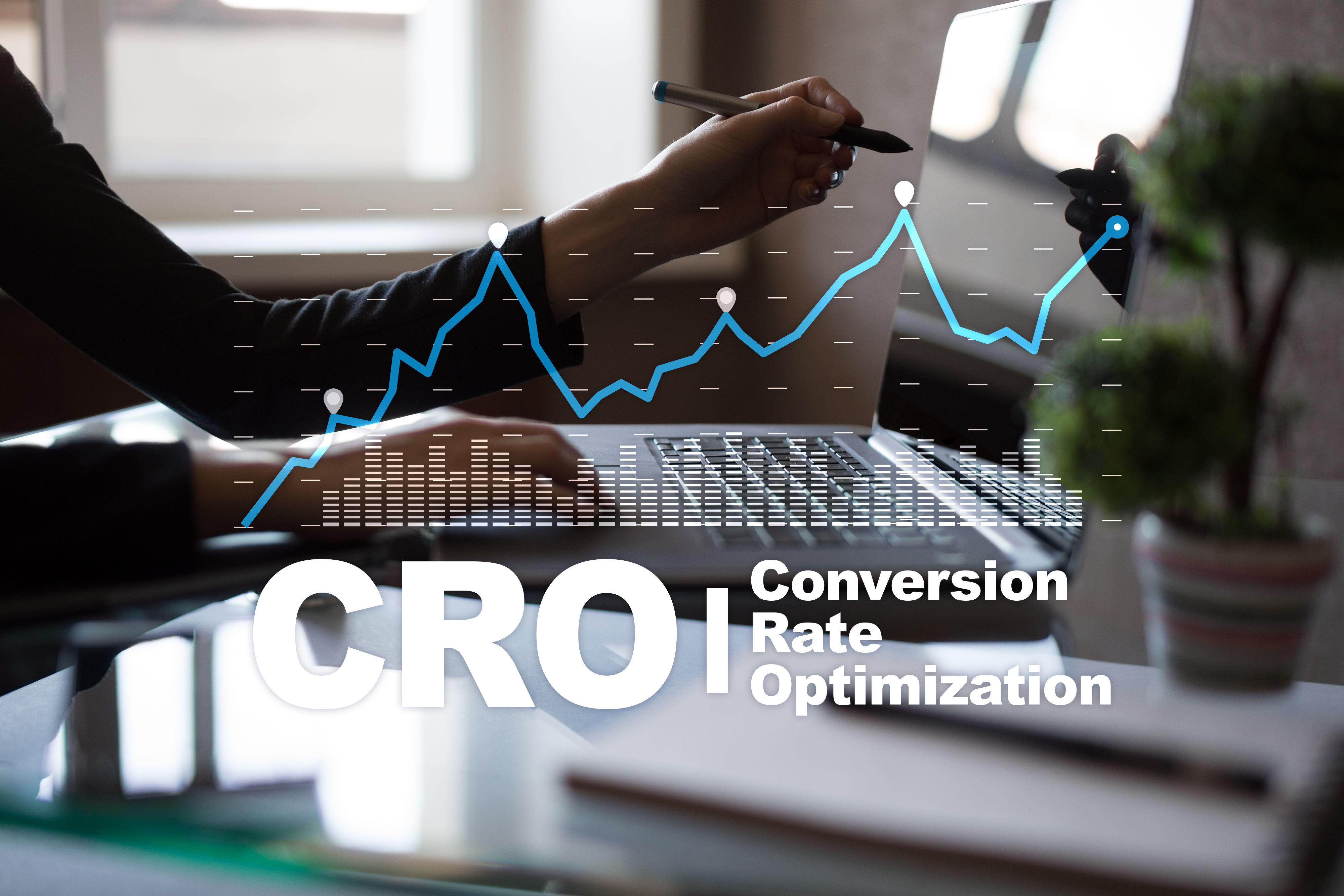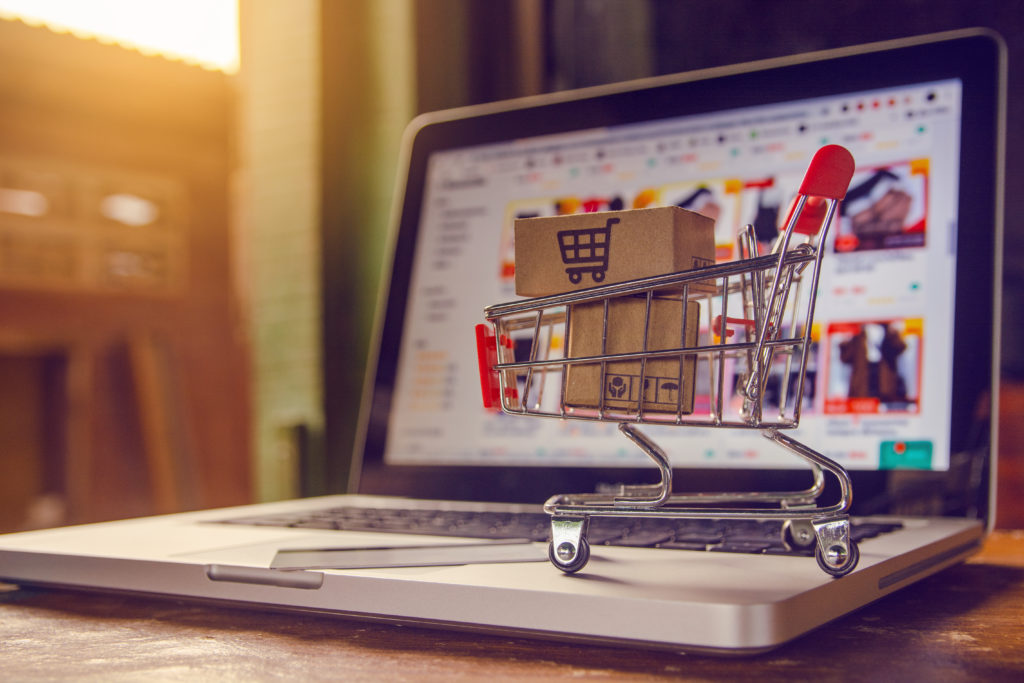How eCommerce Brands Can Get Their Products in Stores: A Comprehensive Guide
Expanding your eCommerce brand into brick-and-mortar retail stores can significantly increase your visibility, credibility, and sales. While selling online offers numerous advantages, getting your products onto store shelves opens up new opportunities for growth and customer engagement. This comprehensive guide will walk you through the steps, strategies, and best practices for successfully getting your eCommerce products into physical stores.
Understanding the Benefits of Retail Expansion
- Increased Brand Visibility
- Having your products available in physical stores can significantly boost brand awareness. Shoppers who may not have discovered your brand online can come across your products while browsing in-store, leading to new customer acquisition.
- Enhanced Customer Trust
- Products in brick-and-mortar stores often enjoy higher levels of trust from consumers. Being stocked in reputable stores can enhance your brand’s credibility and signal to customers that your products meet certain quality standards.
- Diverse Revenue Streams
- Expanding into physical retail can diversify your revenue streams, making your business less reliant on online sales. This can be particularly beneficial during times when online traffic may be lower, such as during certain seasons or economic downturns.
- Improved Customer Experience
- Physical stores allow customers to see, touch, and try your products before purchasing, enhancing their shopping experience. This can lead to higher conversion rates and lower return rates compared to online purchases.
- Leveraging Retail Marketing
- Retail stores often engage in their own marketing and promotions, which can benefit your brand. Being part of store displays, flyers, and in-store promotions can drive additional awareness and sales.
Preparing Your Brand for Retail
- Conduct Market Research: Understand the retail landscape and identify stores that align with your brand values and target audience. Research the types of products they carry, their customer demographics, and their overall brand image. This will help you determine which stores are the best fit for your products.
- Perfect Your Product: Retailers are selective about the products they carry, so ensure your product is retail-ready. This means having high-quality, well-packaged products with clear branding, attractive design, and detailed information. Your product should stand out on shelves and appeal to the retailer's customer base.
- Develop a Strong Brand Story: Retailers are more likely to consider your products if you have a compelling brand story. Clearly articulate what makes your brand unique, your mission, and how your products benefit customers. This narrative should be consistent across all marketing materials and presentations.
- Prepare Marketing Materials: Create professional marketing materials, including a product catalog, sell sheets, and a brand deck. These materials should highlight your product features, benefits, pricing, and any sales data or customer testimonials that demonstrate demand.
- Ensure Compliance: Familiarize yourself with the legal and regulatory requirements for selling in retail stores. This includes product labeling, safety standards, and any industry-specific regulations. Ensuring compliance will help you avoid potential legal issues and build trust with retailers.
Approaching Retailers
- Identify the Right Contacts
- Research and identify the appropriate buyers or category managers at the stores you’re targeting. LinkedIn, trade shows, and industry events can be useful for finding and connecting with these contacts. Building relationships with the right people is crucial for getting your products considered.
- Craft a Compelling Pitch
- Your pitch should clearly convey the value of your products and why they’re a good fit for the retailer. Highlight your unique selling points, market demand, and any existing customer base. Be prepared to discuss your production capacity, delivery timelines, and how you’ll support marketing and promotions.
- Schedule a Meeting
- Request a meeting with the buyer to present your products. Be professional and respectful of their time. In-person meetings or video calls can be more effective than emails or phone calls, as they allow you to present samples and discuss details in depth.
- Present Your Products
- During the meeting, present your products confidently and professionally. Bring samples, marketing materials, and any relevant data to support your pitch. Be prepared to answer questions about your product’s features, pricing, production capabilities, and market performance.
- Follow Up
- After the meeting, send a thank-you note and any additional information the buyer requested. Follow up regularly, but don’t be overly persistent. Building relationships with buyers can take time, so be patient and stay professional.
Negotiating Terms and Conditions
- Pricing and Margins: Determine a pricing strategy that’s competitive yet profitable. Understand the retailer’s markup and margin requirements. Be prepared to negotiate prices, but ensure that the final agreement is financially viable for your business.
- Order Quantities: Discuss initial order quantities and potential reorder schedules. Start with a manageable order size to minimize risk and allow the retailer to test your products. Be clear about your production capacity to ensure you can meet demand.
- Payment Terms: Agree on payment terms, including invoicing and payment schedules. Common terms include net 30, net 60, or net 90, meaning the retailer pays you 30, 60, or 90 days after receiving the invoice. Ensure that the terms are fair and manageable for your cash flow.
- Delivery and Logistics: Discuss delivery schedules, shipping methods, and logistics. Ensure you can meet the retailer’s delivery requirements and timelines. Clarify who is responsible for shipping costs and handling.
- Returns and Damages: Establish clear policies for returns and damaged goods. Determine who bears the cost of returns and how damages will be handled. Having clear terms will prevent disputes and maintain a positive relationship with the retailer.
- Marketing and Promotion: Discuss how you and the retailer will collaborate on marketing and promotions. Retailers often expect suppliers to contribute to promotional efforts, such as in-store displays, discounts, or co-branded marketing campaigns. Be prepared to invest in these activities to support sales.
Building and Maintaining Retail Relationships
- Provide Excellent Customer Service
- Ensure that you provide exceptional customer service to the retailer. Be responsive to their needs, address any issues promptly, and consistently deliver high-quality products on time. Building a reputation as a reliable supplier will strengthen your relationship and increase the likelihood of reorders.
- Monitor Sales and Inventory
- Regularly monitor sales and inventory levels to ensure that your products are performing well and stocks are maintained. Use sales data to identify trends and make informed decisions about production and restocking. Communicate with the retailer to adjust inventory levels as needed.
- Support Marketing Efforts
- Collaborate with the retailer on marketing and promotional activities to drive sales. This can include participating in in-store promotions, providing samples for events, or running joint marketing campaigns. Supporting the retailer’s efforts will boost your product’s visibility and sales.
- Gather Feedback
- Collect feedback from the retailer and their customers to understand how your products are performing and identify areas for improvement. Use this feedback to make necessary adjustments to your products, packaging, or marketing strategies.
- Stay Engaged
- Maintain regular communication with the retailer to stay informed about their needs and any changes in their buying strategy. Attend industry events, trade shows, and retailer meetings to stay connected and build stronger relationships.
Getting your eCommerce products into physical stores can significantly boost your brand’s visibility, credibility, and sales. By preparing your brand, approaching retailers strategically, and building strong relationships, you can successfully transition from online to in-store retail. Remember to conduct thorough market research, perfect your product, craft a compelling pitch, and negotiate favorable terms. Once your products are in stores, provide excellent customer service, support marketing efforts, and stay engaged with retailers to ensure long-term success.
Expanding into physical retail is a significant step that can open up new growth opportunities for your eCommerce brand. Embrace the challenge, invest in building strong relationships with retailers, and continuously optimize your strategies to achieve sustainable growth and profitability.



